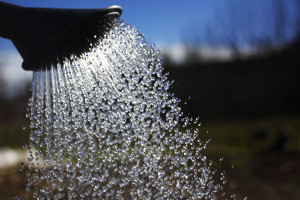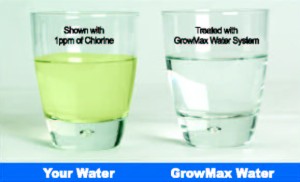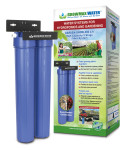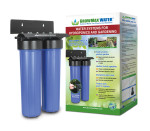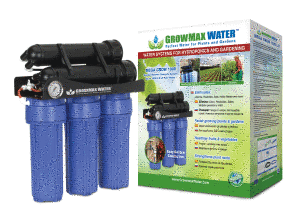A high EC water may contain larger quantities of hard water minerals, like calcium and magnesium, also known as limescale. High amounts of these minerals, together with added doses of nutrients, can block or saturate plants roots, prohibiting them from absorbing the added nutrients, which is also known as “nutrient lock out”.
As a result of this nutrient excess, plants could be damaged. Some symptoms of saturated roots are yellow, dry leaves or stunted growth, and even plants death, because they can’t absorb the nutrients they need.
Of course calcium and magnesium are necessary for growing, but in adequate quantities according to the plant needs. These minerals are nutrients for plants, and we find them dissolved in water, but we can’t know the exact amount that is present. We can use our EC meter to measure the total quantity of dissolved mineral salts in our water, but that still will not tell us what is the percentage of calcium and magnesium.
To avoid these problems, most growers prefer to start to irrigate with pure and clean water. This way, they know the exact amount of nutrients they are adding to their plants.
It’s very important, because our plants can receive an EC of nutrients from 1,4 up to 2,2, according to the type of plant or the growing stage. For example, if the water we use has an EC of 1,0 then we will only be able to add from 0,4 to 1,2 of nutrients to reach our maximum levels. Starting with an EC in the water of only 0,1 or 0,2 or even an EC of 0,0 we will be able to add much more nutrients to our plants
The best way to achieve clean and pure water is by using Reverse Osmosis systems (RO), specifically designed for use in hydroponics and gardening, because your water will be free of all salts and heavy metals up to 95%, and free of chlorine and other contaminants up to 99%.



